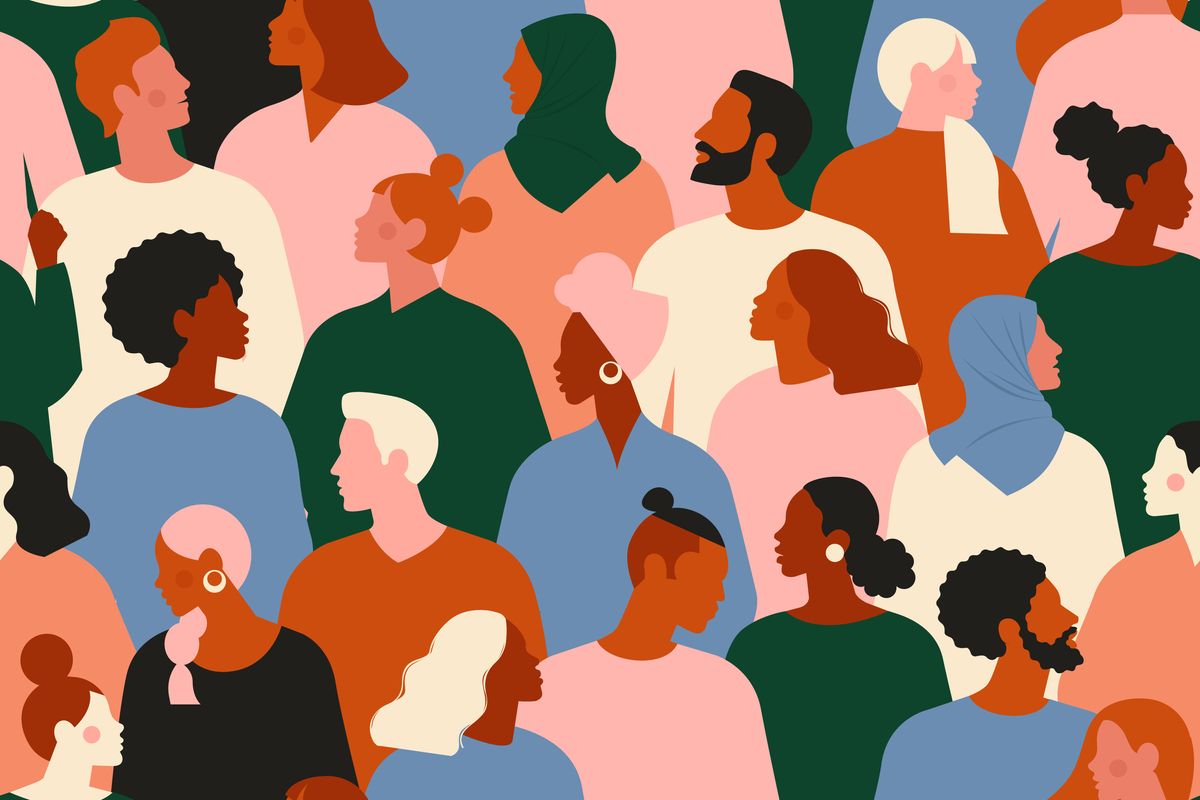True diversity was the focus of a recent conversation I had as part of the programming for IMS Global 2021. During a fireside chat with the EMEA Marketing Director of Bumble, we spoke about how the industry focus shouldn’t solely be on physical diversity but also diversity of thought, making sure all voices are heard and acknowledged. It shouldn’t be a checklist but ingrained in all aspects of our work.
The case for diversity, equality and inclusion is clear: 52% of consumers are more attracted to buy from certain brands if they stand for something; 72% of Gen Z is more likely to buy from a company that contributes to social causes; and 69% of Gen Z in the UK expect brands to make their stance on social and political issues known publicly. Consumers are focusing more than ever on giving their attention, loyalty and purchase to brands that share their values – and that includes authentically reflecting the multicultural world we live in.
As a result, consumer demand for inclusive storytelling has shifted mainstream content and advertising to focus on celebrating diverse experiences and voices in an unmatched capacity, especially through the use of celebrity and influence.
Building trusting relationships
Where influencer campaigns are run through relationships – rather than marketplace platforms (with click and buy purchase mechanics) – it can really help challenge that status quo by actually asking the important questions – not just in terms of physical representation (a lot of this can’t always be physically seen) but also how you ensure your campaigns are inclusively marketed to people, like more campaigns with subtitles, for example.
As we discussed at IMS Global, with diversity of thought paramount to how campaigns are concepted, cast and executed, we can change how influencer marketing is run and help create inclusive storytelling, ensuring that brands are being truly authentic and not just checking a box. The storytelling piece gets to the heart of the human aspect of social media and online communities – this is where influencers can really come in and share relatable and real narratives.
But one small error in judgement from brands and the talent they choose to engage can have a lasting effect on consumer sentiment, which is why brands need to be counseled and guided by their agencies in the correct way to help avoid this. To ensure brands are looking at this through the lens of diversity, equality and inclusivity, there are three key steps to consider:
1. Always think audience first
In order to be effective and to create the emotional connectivity that builds brand affinity, influencer and talent partnerships must be developed with the interest and values of the intended audience at its core – not just tokenism to be noticed. Audiences, just like talent, are nuanced and just because a talent is/looks to be part of a given community does not necessarily mean they will resonate with that community. The focus should always be on the intended audience and the story you are looking to deliver, rather than just ticking boxes.
2. Cultural resonance is key
Multicultural consumers are not necessarily looking at big names; they are looking at people of influence who are truly invested in – and how they are super serving their community and causes they value. It’s not just about race. Being truly representative means looking at diversity through all eyes; including gender, sexual orientation, disability and age. In the UK, 20% of the population represents ‘the Purple Pound’: the £274bn spending power of those with both hidden and physical disabilities – who are vital to the influencer economy. For brands to be fully inclusive, that includes making sure they are accommodating to physical and hidden disabilities.
3. Talent: they’re only human, after all
We must remember that talent (be it celebrities or influencers) are people, too. They are dynamic and actively seeking to be positioned outside of just the vertical they are superficially tied to (sports, tech, music etc.) Leaning into the dynamics of the influencer’s personality, interests and skill sets allow for more engaging and authentic content and experiences.
There is increasing pressure from talent and their audiences to ensure brands are practicing equity in their partnerships. Diverse talent typically haven’t had the same exposure or opportunities as their white, hetrosexual, cis gendered counterparts, but their voices and stories carry value just the same, which should be weighed and considered when determining budgets.
As influencer marketing continues to grow, various tools and platforms have cropped up to help brands identify and partner with the right talent. While this data is of course valuable, it alone does not make a partnership. The personal relationships and conversations we establish and have with talent and their representation are key to identifying the right talent and executing the most effective marketing programmes.
Multicultural influencer marketing goes beyond the casting, it goes beyond who you actually put in the campaign and it really starts internally – internal brand values, agency values and how they interconnect. The work starts internally with the strategy, the creative and the team working on a project, to ensure that the resulting campaign not only rings true to the intended audiences but that a diverse and inclusive culture will permeate through a brand lens and strategy.








